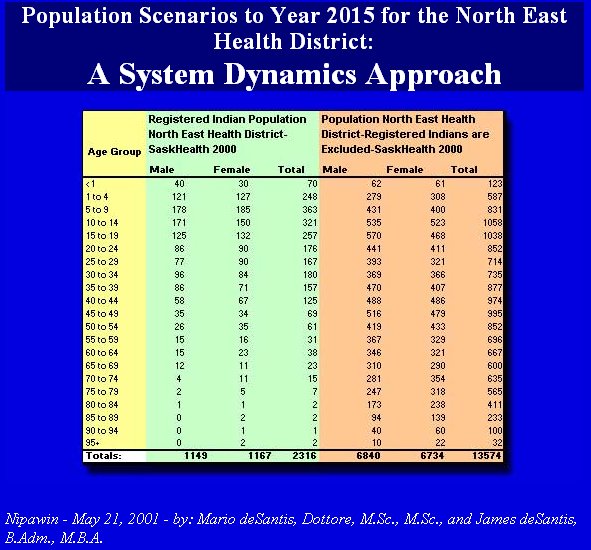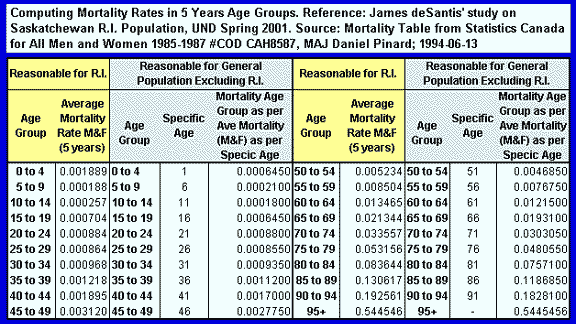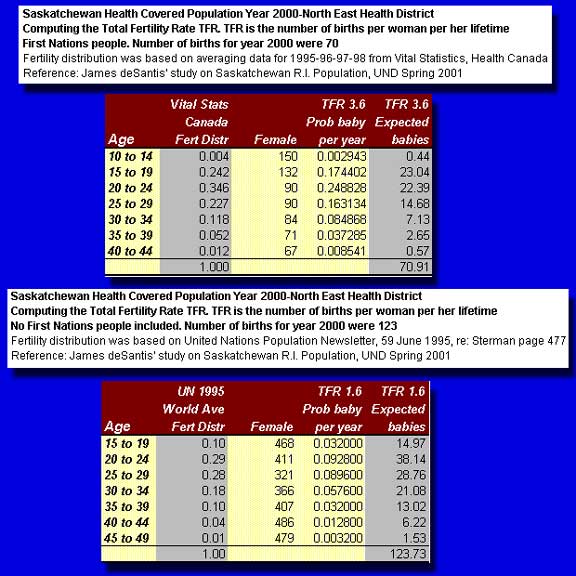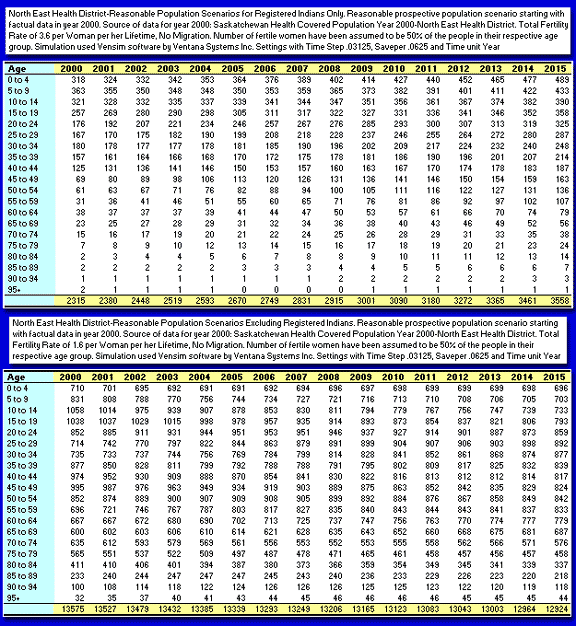Learning Stories
by
Mario deSantis
mariodesantis@hotmail.com
“I am a Canadian, free to speak without fear, free to worship in my own way, free to stand for what I think right, free to oppose what I believe wrong, and free to choose those who shall govern my country.” - -The Rt. Hon. John Diefenbaker, Canadian Bill of Rights, 1960
“The whole judicial system is at issue, it's worth more than one person.”--Serge Kujawa, Saskatchewan Crown Prosecutor, 1991
“The system is not more worth than one person's rights.”--Mario deSantis, 2002
Ensign Stories © Mario deSantis and Ensign
|
|
"No model can ever be verified or validated. Why? Because all models are wrong"--John D. Sterman The reason for this population study for the North East Health District (NEHD) is to show Health Services Utilization and Research Commission (HSURC) and our social researchers the need for a System Dynamics approach to simulate population growth, rather than continue with traditional forecasting techniques which fail to identify causation and interconnectedness among the many relevant phenomena. Yet, these traditional forecasting techniques are assumed to be accurate within a given 'confidence interval.' Instead, the developed System Dynamics population model is a reasonable representation of the future behaviour of the NEHD's population; and this model can be easily enhanced as its understanding is shared with concerned parties and new insights are developed(1). The population models developed by HSURC do not account for the specific causes affecting the population projections between the years 2000 and 2015, and in fact the HSURC's methodology makes use of many manipulated ratios. For instance, HSURC states that "to account for migration and mortality, we calculated a "population change" ratio by dividing the number of individuals in a particular age group in 2000 by the number of individuals in the age group five years younger in 1995 (i.e., number in 10-14 age group in 2000/number in 5-9 age group in 1995)(2)" Further, the HSURC's methodology does not include a separate population projection for Registered Indians, and in fact they state "although Registered Indians were included in overall forecasts, separate projections were not calculated for this group because the available data cover Registered Indians only (rather than the entire aboriginal population) and are of poor quality(3) And in this regard, John Sterman, Professor at the Sloan School/MIT, writes "omitting structures or variables known to be important because numerical data are unavailable is actually less scientific and less accurate than using your best judgment to estimate their values(4)." This population study for the NEHD is a spin off of a recent research conducted by James deSantis(5) and as a consequence we are not going to provide the descriptive documentation. However, the results of this study are provided in a tabular and accountable format and the authors can be contacted at any time for any clarification.
|
|
|
|
|
|
|
Endnotes Note: only a limited number of tables have been included 1. Understanding Population Growth of Saskatchewan Registered Indians: A System Dynamics Approach, by James F. De Santis, May 2001, College of Business and Public Administration, University of North Dakota, Grand Forks, 9-12. 2. Planning for Saskatchewan's Future: population and health services projections to 2015. Methods Health Services Utilization and Research Commission of Saskatchewan, Spring 2001 3. Saskatchewan in 2015: Population, health service levels to remain stable provincially, vary by health district, News Releases, HSURC, March 22, 2001 http://www.hsurc.sk.ca/news_releases.php3?nid=82&nsection=2 4. Business Dynamics, John D. Sterman, McGraw-Hill, 2000, page 854 http://www.mhhe.com/sterman 5. Understanding Population Growth of Saskatchewan Registered Indians: A System Dynamics Approach, by James F. De Santis, May 2001, College of Business and Public Administration, University of North Dakota, Grand Forks |



